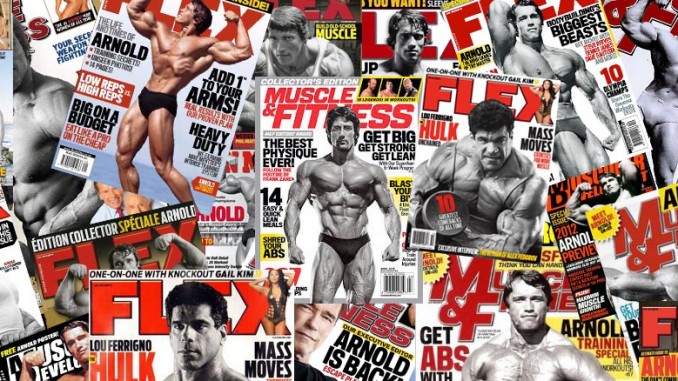
Jurassic Gorilla https://jurassicgorilla.com

The Nostalgia and Controversy of Modern Bodybuilding: A Shift in Aesthetics
In recent times, the covers of “Muscle and Fitness” and “Flex” magazines have stirred up debates within the bodybuilding community. These publications seem to harken back to the golden era of the sport, focusing on the classic physiques of the 1970s rather than today’s modern bodybuilders. But is this shift merely a throwback to nostalgia, or does it signify a broader trend in the preferences of bodybuilders and the general public?
One argument for this nostalgia is that many enthusiasts are drawn to the pre-insulin, pre-growth hormone, and pre-synthol bodybuilding look. These classic physiques represent an era when muscle development relied on rigorous training, diet, and the use of relatively simpler anabolic substances. The muscular proportions and aesthetics from this period are often considered more pleasing and attainable, reflecting a time when the sport’s focus was on building the ideal male physique.
In stark contrast, the current landscape of bodybuilding is characterized by physiques that incorporate substantial doses of insulin, growth hormone, and synthol. These substances might help create impressive muscle size, but they also contribute to a softer, less aesthetic look. Moreover, the potential long-term health consequences of these modern drug regimens discourage many from participating in competitive bodybuilding. The question arises: Are the reigning bodybuilders truly the best in the world, or are they merely the best among those willing to subject themselves to an array of substances, regardless of potential health risks?
The choice of the stars in bodybuilding-based movies and TV shows further underscores the ongoing fascination with the aesthetics of the 1970s. Arnold Schwarzenegger and Lou Ferrigno, major bodybuilders from the 1970s, continue to dominate these roles. Their continued prominence suggests that perhaps the charisma and charisma of current bodybuilders are not as captivating as they should be. Modern physiques may simply fail to resonate with audiences in the same way as their classic counterparts.
In many ways, male bodybuilding is mirroring the trajectory that female bodybuilding underwent in the past. The sport saw a shift from quality to quantity, with bodybuilders chasing larger physiques at the cost of aesthetic balance. Competitors are now pushing the scales past 250 pounds, but it raises the critical question: Where is this extra weight going? Regrettably, it appears to be primarily accumulating in the waist and thighs, leading to disproportion and a less aesthetically pleasing look. On average, even calves seem to be getting smaller, detracting from the overall symmetry and balance of the physique.
One concerning trend is the prevalent distended bellies, puffy, non-structured faces, and disproportionately large thighs among modern bodybuilders. Such a look seems incongruent with the concept of muscularity and body fat levels lower than 5%. It’s a visual paradox that may discourage newcomers from entering the sport, as well as alienate long-standing fans who long for a more classic aesthetic.
In response to these shifts in preferences, fitness-model-type contests for males are on the rise, following a pattern that has been prominent in female bodybuilding. These contests emphasize a more balanced, attainable, and aesthetically pleasing look that resonates with a broader audience.
It’s undeniable that bodybuilding has evolved over the years, and with that evolution comes change. However, the question remains whether modern bodybuilding’s emphasis on sheer size, often achieved with an extensive list of performance-enhancing drugs, aligns with what athletes and fans genuinely desire. As the sport continues to evolve, the battle between quantity and quality, and between nostalgia and modernity, will persist. Ultimately, the future of bodybuilding may be determined by which side of this contentious debate prevails.

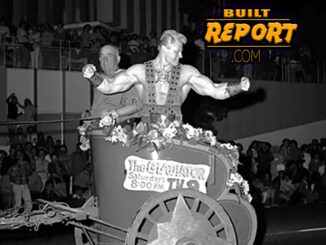
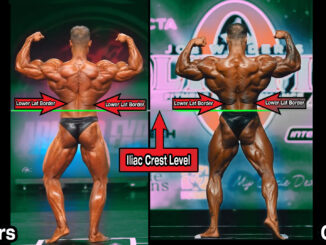
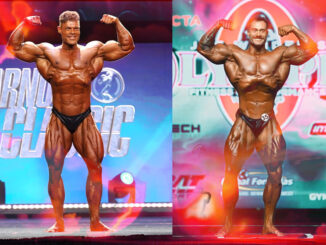
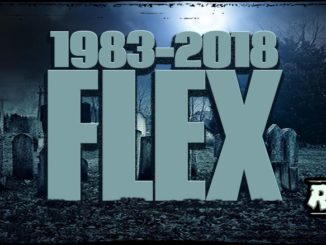
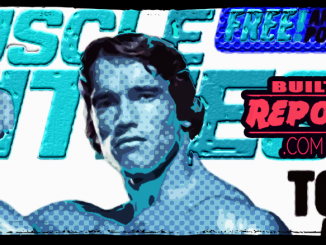
Be the first to comment